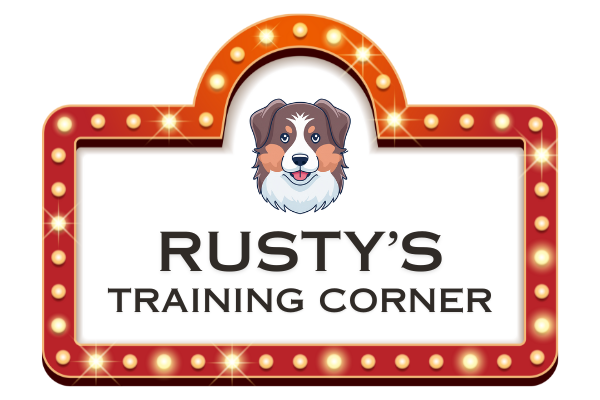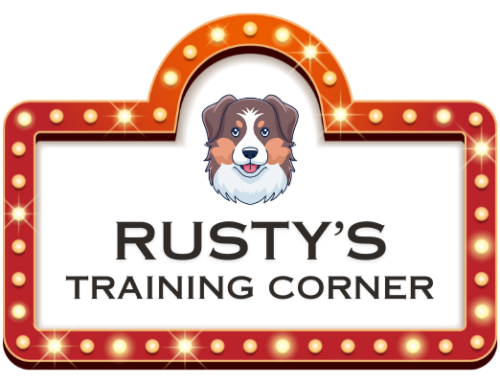Also referred to as “Go To Your Spot” or “Go To Your Bed”
“PARK IT” is a very handy dog obedience training command. “Park It” means your dog should find his/her bed (or special place designated by you) where he/she will lie down and relax quietly out of your way. You can have more than one designated special space.
Please be aware that “PARK IT” is not a correction and never a punishment. This is one of the reasons I never recommend using your dog’s crate for “Park It”. Many dogs see their crate as a negative place. For puppies, as well as humans, bed is definitely a good place! It should only be used to tell your puppy to be out of the way. As with all commands, “PARK IT” should be given happily and positively. In other words don’t use it when your dog is in trouble, try to make it a positive, fun place for your dog to retreat to.
Most dog owners find the “PARK IT” command to be one of the most useful and most used of all of the dog obedience commands. It is great for practical and also safety reasons – I find myself calling on this command in many situations everyday including:
- When visitors arrive at my home. Instead of my dog getting all excitable and jumping all over guests I use the “PARK IT” command to redirect their behavior.
- If a dog is barking excessively you can call on this obedience command which acts as an alternate behavior for your dog to perform.
- When my guests and I sit down for a meal, I send my dog to his spot to give me a bit of space.
Follow the steps below to build “PARK IT” command slowly. Start out so it’s easy for your dog to understand, then gradually make it harder by adding other variables (duration, distance and distractions).
“PARK IT” – Step by Step
- Choose your designated spot (make sure it’s a nice and comfortable place), attach a label to it (“Park It” “Go To Your Bed” “Go To Your Spot”, etc.) and stick with it. In this example we will use your dog’s bed.
- Say “Park It” while pointing towards the bed. Guide your dog with a treat in front of his/her nose to the bed. When your dog gets onto the bed, use your visual sit cue (do not verbally tell the dog to sit), and as soon as their butt hits the bed, click and treat and praise him/her enthusiastically.
- Repeat step 2 many times to reinforce the behavior. This also builds a connection in your dogs mind between you saying “Park It” and pointing, with the act of going over to his/her bed. At this point it’s important to note that the treat is acting as a lure to entice your dog over to the bed – this will eventually change.
- Now gradually increase the distance between where you and your dog are standing and the bed. Continue to practice “Park It”, point and guide the dog toward their bed, but each time you’ll stop a further distance from the bed. Keep pointing toward the bed and repeat the command if necessary. Over time your dog should understand, and when you stop walking toward the bed, they will continue on and sit on the bed as they previously had done. Click and treat and praise him/her enthusiastically. Repeat step 4 many times. Remember, repetition is mostly how dogs learn, so you’ll need to repeat these steps as many times as it takes for the dog to get it.
- It’s now time to add the “Stay Command”. First, you’ll have better results if your dog is in the down position. That way they are more likely to expect to stay there for a while. Follow step 4 above, but this time add the “Lay Down” command after he/she sits on their bed.
- When the dog lays down, click and treat. Then tell your dog to “Stay” click and treat, “Stay” click and treat, “Stay” click and treat… Basically you’ll become the treat vending machine. After repeating this several times, you’ll now add distance and duration to the command. Tell your dog to “Stay”, take one step backwards, stop and show your dog the visual “Stay” command (do not verbally repeat the cue), return to the dog, click and treat. You can then each time add more steps away from the dog. Remember to always have a “Release Word” for the “Stay” command, and that is the only word that gets him/her out of the stay, and at first you’ll always go back to your dog before releasing them. Later you should be able to release them from a distance.
- You can now add other elements to this command. One at a time you could add a distraction such as having another person in the room bouncing a ball, or put your dogs food bowl down, then request them to “Park It”.
- Be sure to move your dog’s bed around to different locations in the house when teaching this command. You want the dog to associate “Park It” with their bed, not with a particular room or place. It’s also a good idea to move the bed to your dining area and train with food on the dinner table. Each time you sit down to eat, bring their bed into the same room, have them “Park It”, go sit down and eat. Start out going back to the dog after a 5 second countdown – click and treat, then 10 seconds – click and treat, then 30 seconds – click and treat, then a minute, then five minutes, etc. This trains the dog to “Park It” whenever humans are eating their meals. It also helps avoid having a dog that annoys you and your guests, and begs for food from the dinner table. When you are comfortable the dog knows “Park It” means “go to that particular bed”, you can expand to other beds. My dog has several beds throughout my house. When I say “Park It”, he now goes to the most convenient bed. When he’s at work with me, where I train dogs, he will go to a designated spot where he was trained to “Park It”.
- After a while you should be able to fade and vary your rewards. You can give the treat every second or third time your dog goes to his/her bed, or you could throw a ball for him/her to chase as the reward instead of the tasty treat.
The advice and tips provided in this dog training blog post are based on general best practices and personal experiences. Please consult a professional dog trainer or veterinarian for specific issues or before starting any new training regimen with your dog.




